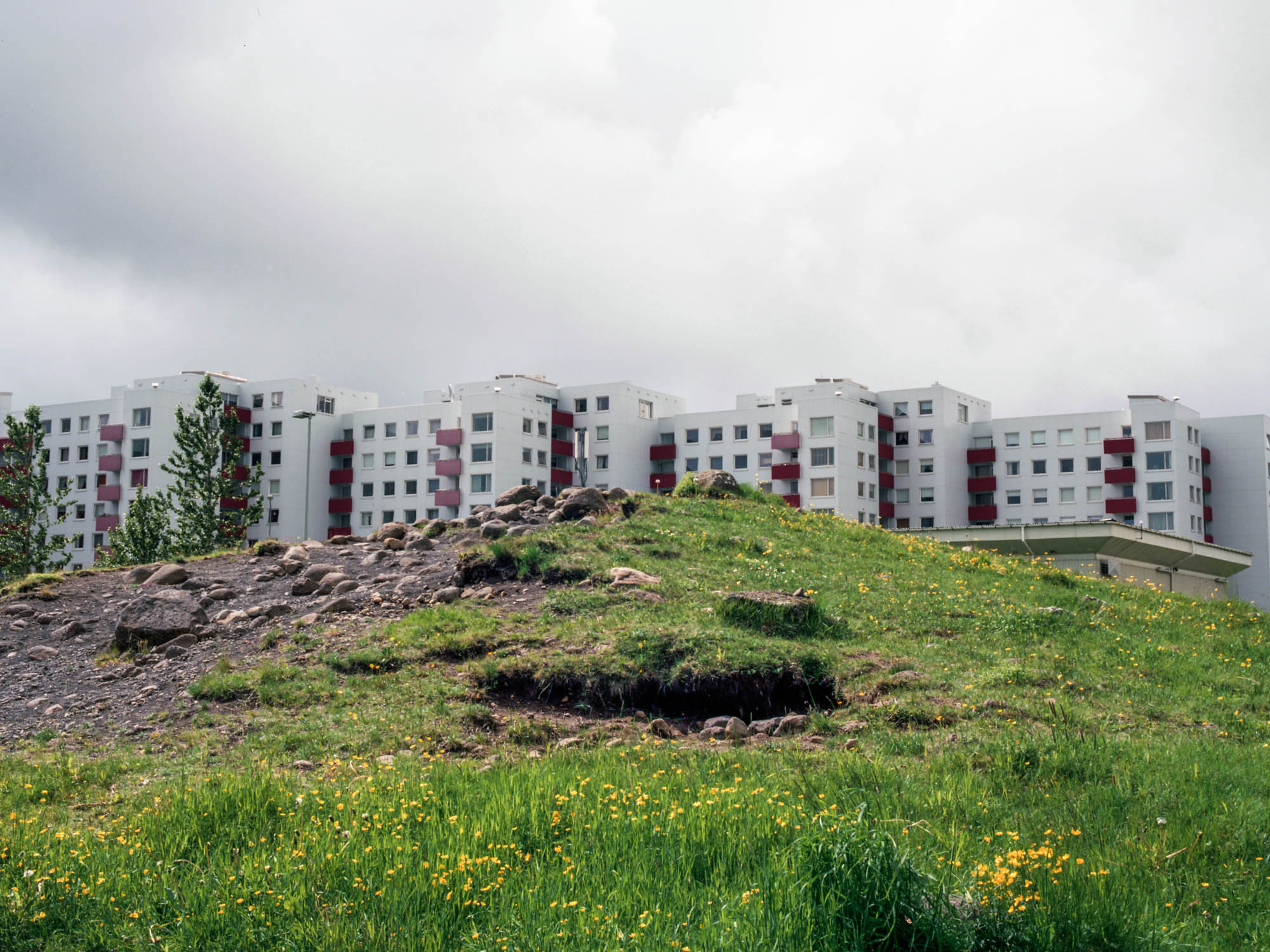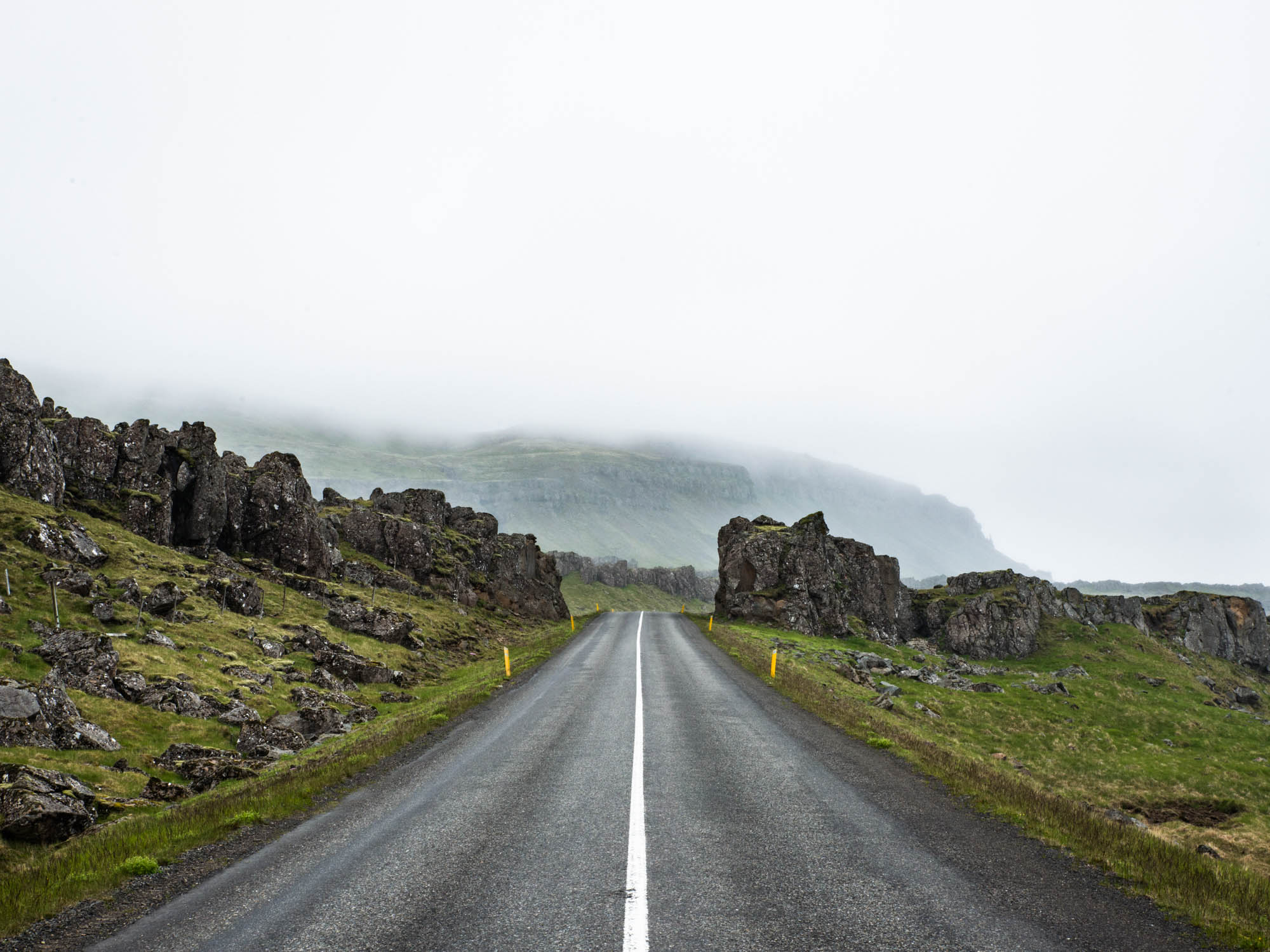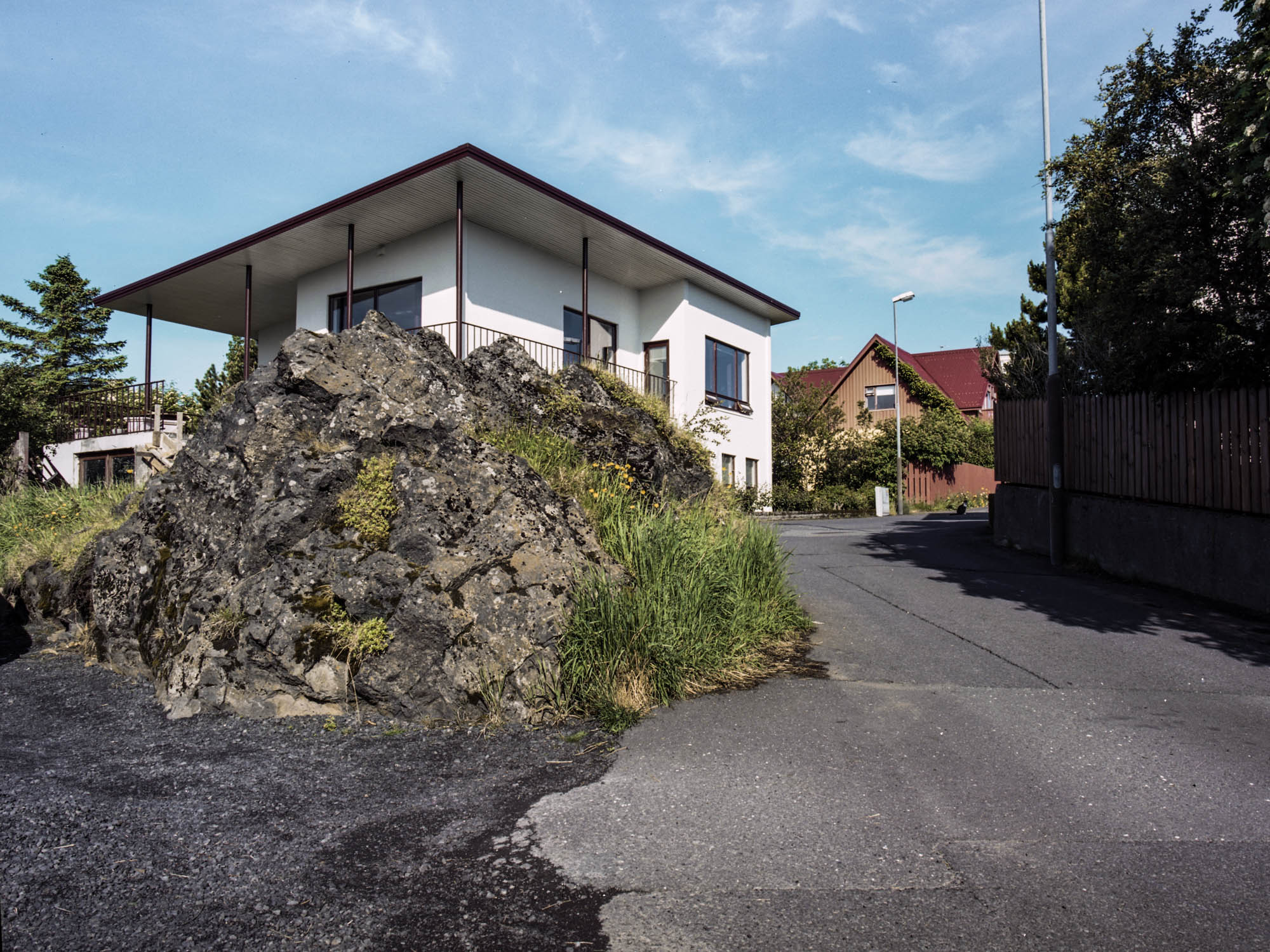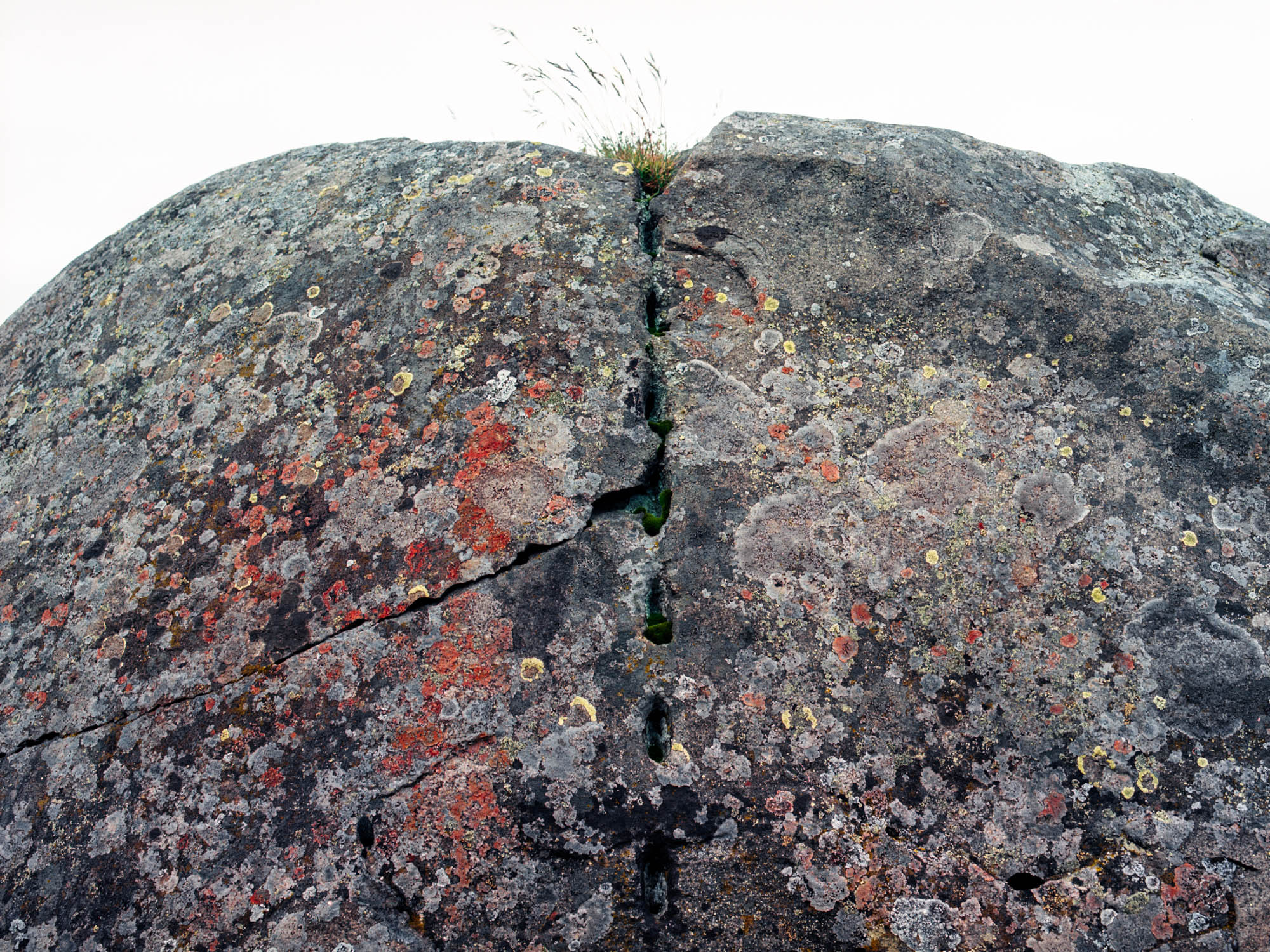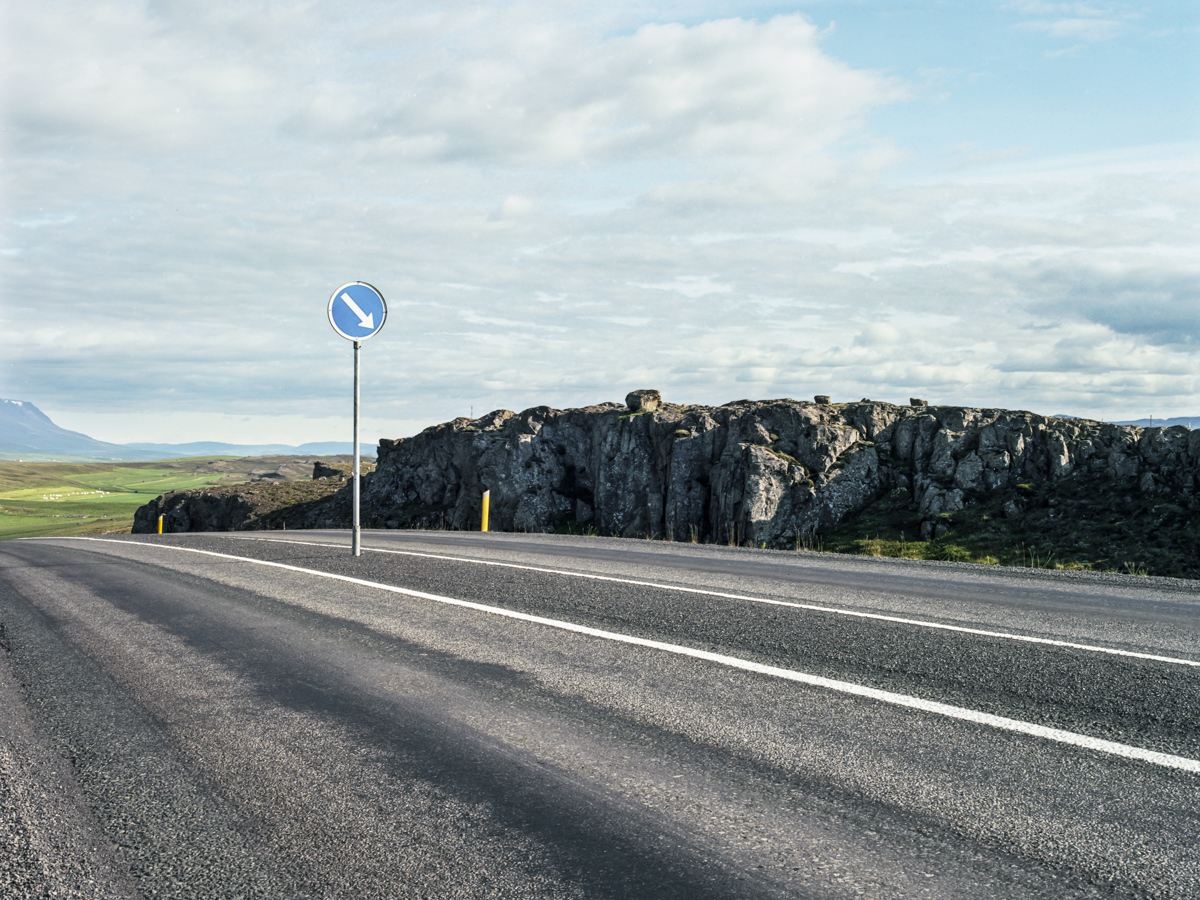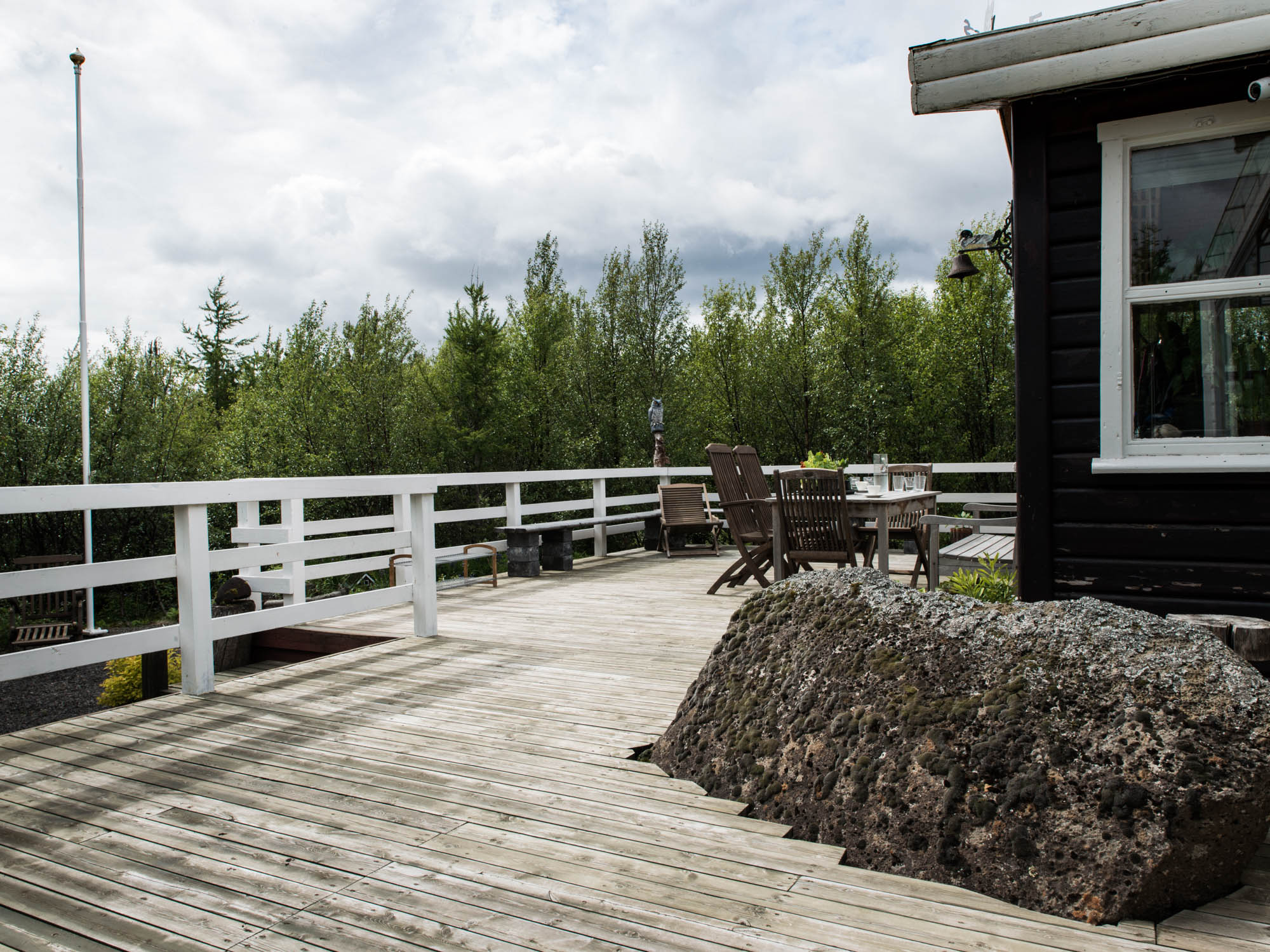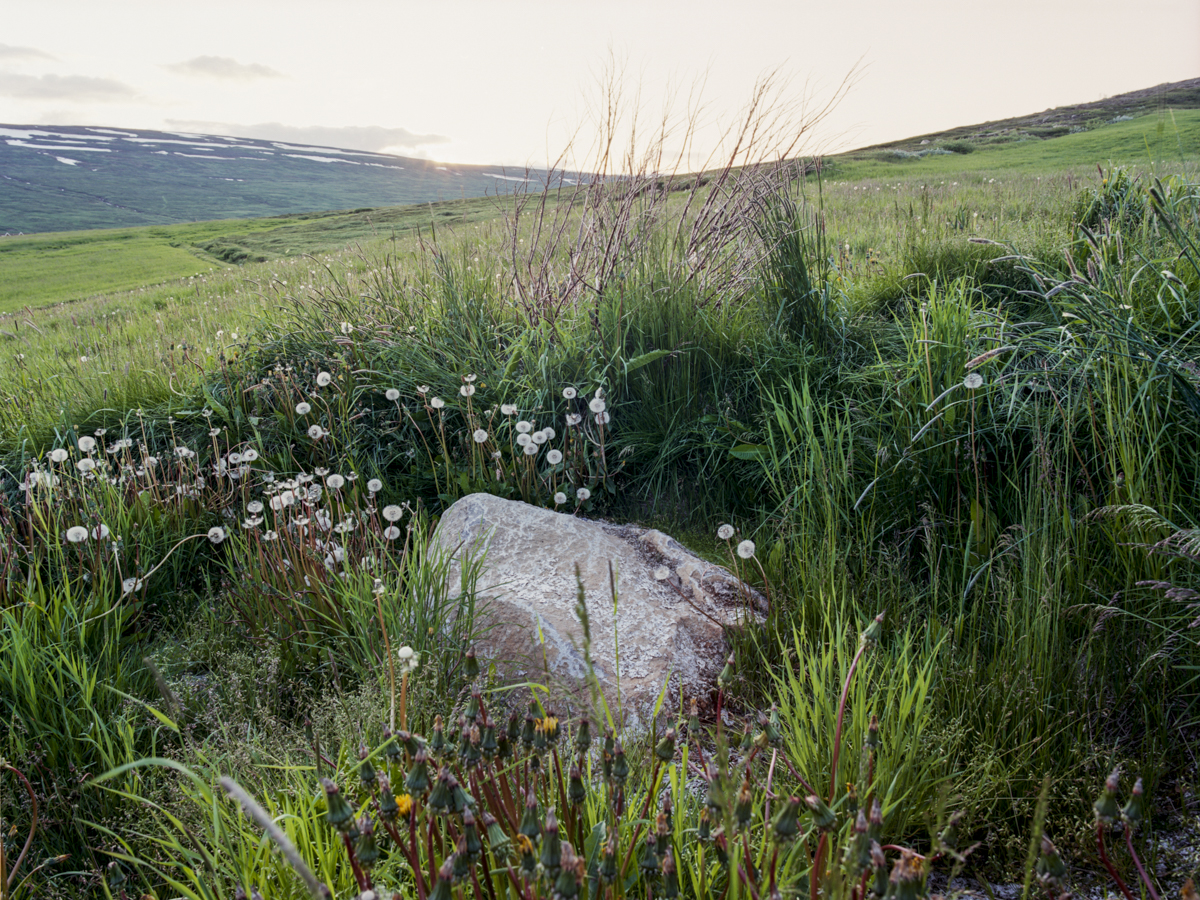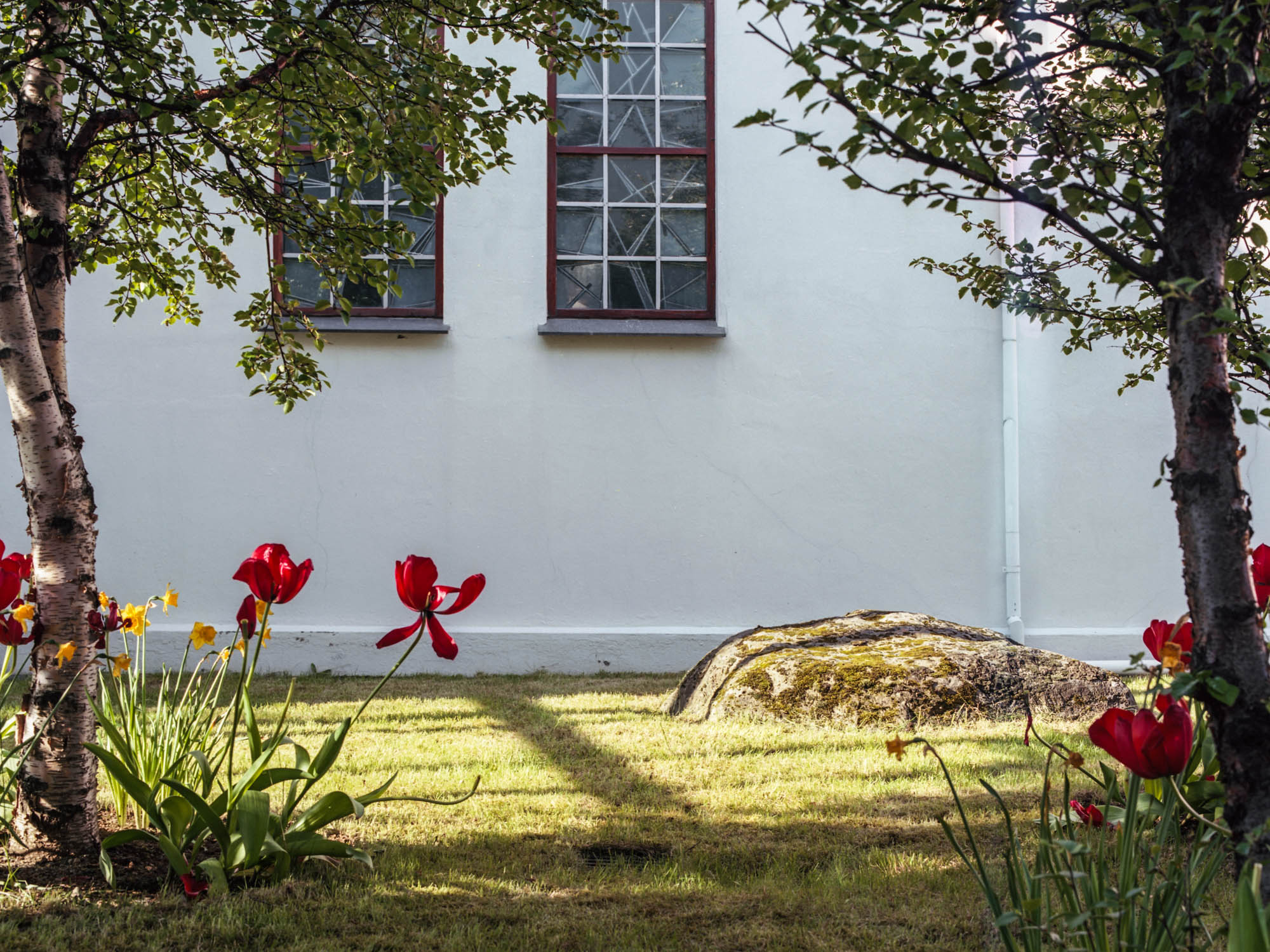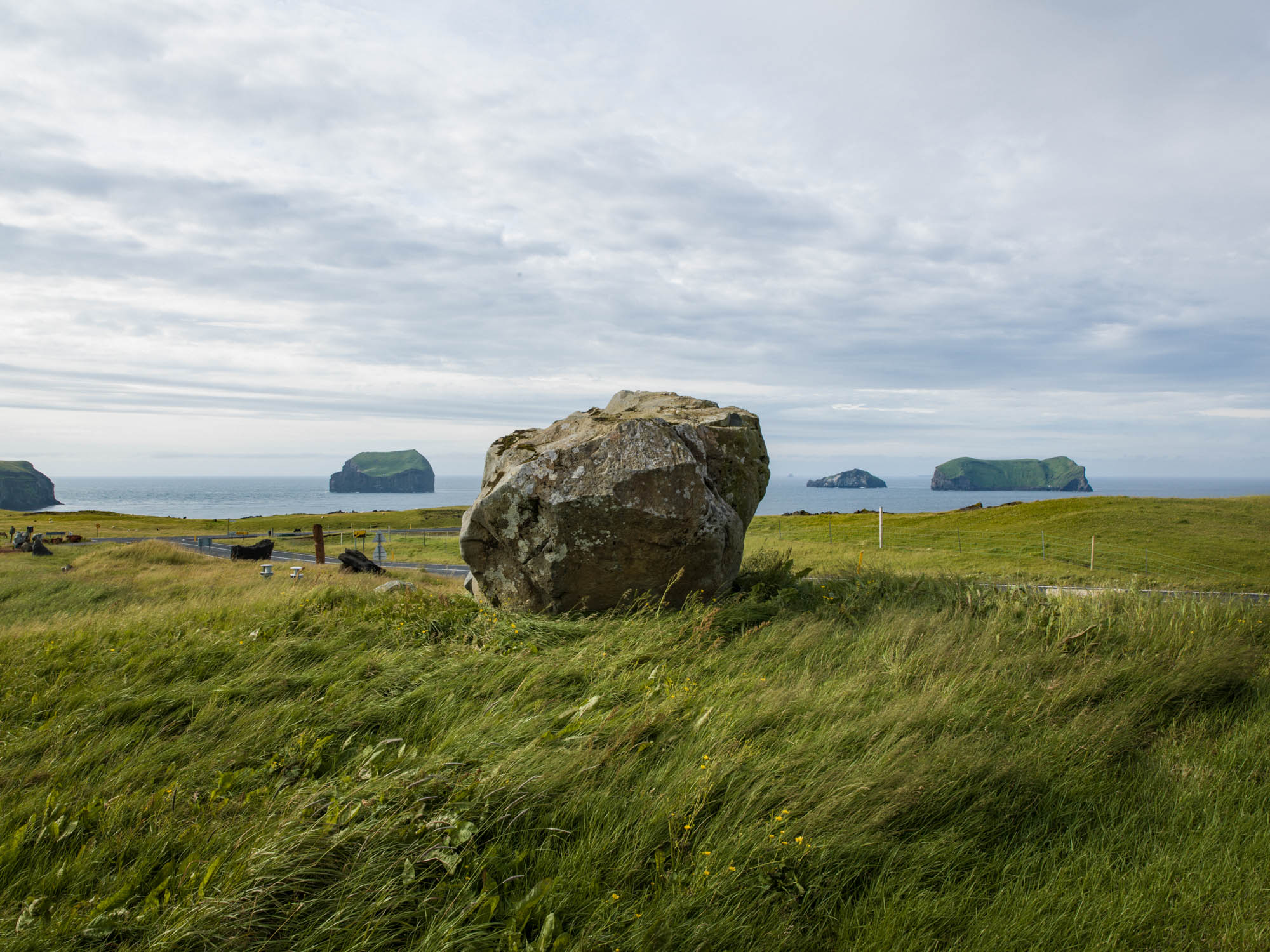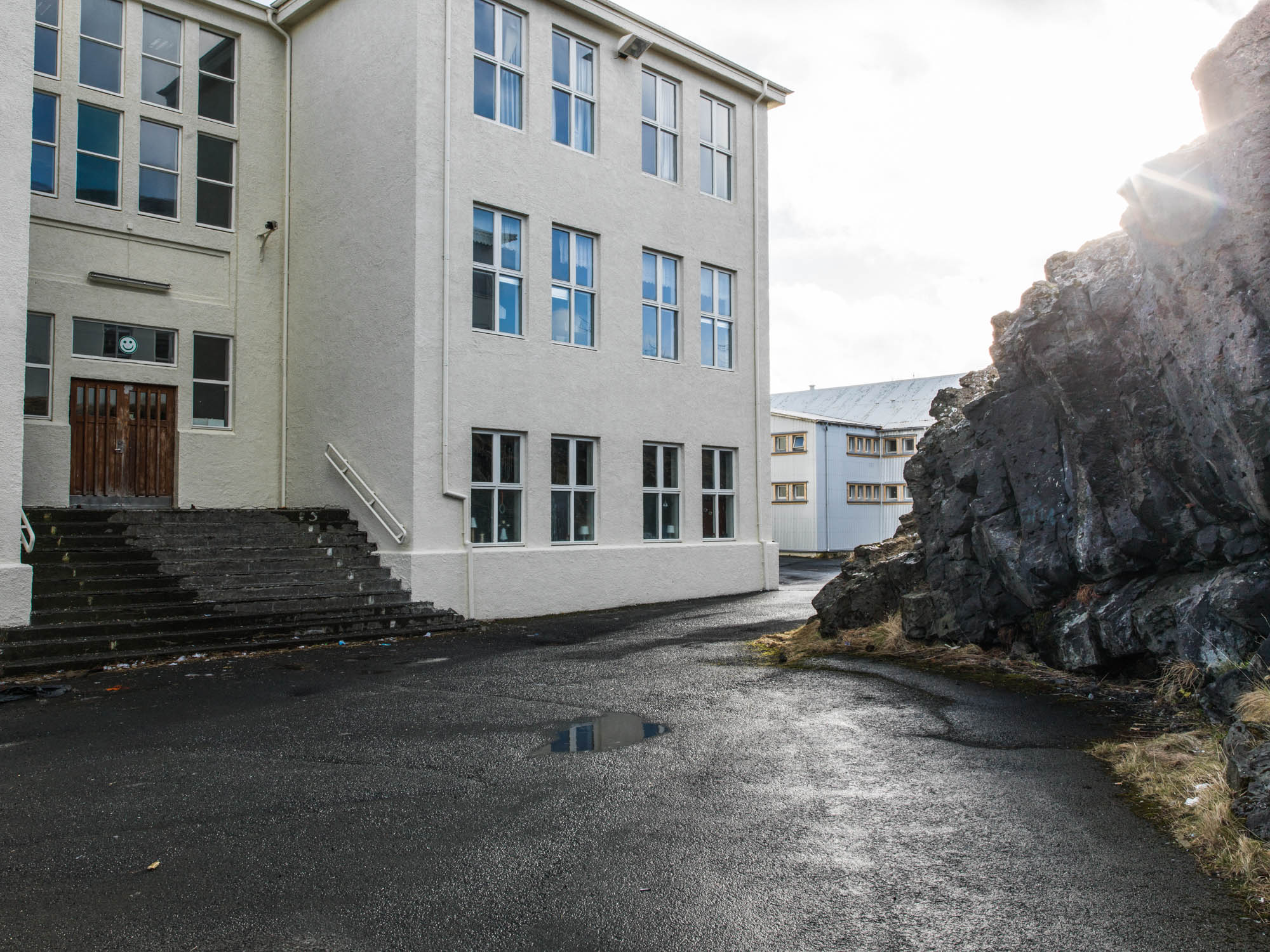Krossgötur // Hidden People
Krossgötur // HiddeN People
-
Many legends exist about humans interfering with elves homes and how they get punished for it – someone is taken ill or machines break down in most mysterious ways. Therefore, when roadwork and housing construction become problematic, it is often seen as a warning or retaliation against on-going construction on the "elfin property". Due to this, some construction managers would rather comply with the perceived wishes of the hidden beings than take any chances on further accidents happening. This might involve giving the elves time to relocate or abandon their homes or even change the construction plans altogether to accommodate them.
The Crossroads project seeks to document the locations where the belief in elves has changed the face of modern living. It tells the stories behind elfin monuments that remain in the urban landscape, many of which only existed as verbal legends. The project is not only intended to serve as an important documentation and visual evidence of the elfin folklore in Iceland, but also as a reminder of the many manifestations of nature in modern society.
Concepts of the supernatural reflect the culture to which they belong. The folklore around elves represent nature in the culture - and even nature in the city. The elves can be seen as nature spirits and they are a part of nature and by protecting and respecting nature - humans respect the elves. Their homes – rocks, hills, cliffs - must not be tampered with.
Narratives about insurrection of elves demonstrate supernatural sanction against development and even urbanization. They protect and enforce the old pastoral values and traditional rural culture. The clashes that are narrated in these stories or legends refer to oppositions that were relevant in their social and ideological settings in pre-industrial and rural society. Roads and construction in lava fields or “unspoiled” nature are the matrix of modernity. Road construction transgresses these boundaries and cross between nature and human settlements (the city), and bring the nature into the human’s domain.
Elves are usually described as beautiful beings, similar to humans but very sustainable in their way of living, a bit like Icelanders from two or three centuries back. This nostalgic idea of a nature-oriented elfin society existing today reflects how we see our own modern lifestyle today and even expresses doubts about how unsustainable we have become.
This folklore is therefore, never only about elves or the "others", but about humans or "us" and how we choose to live in a community, with and beside nature.
Book published in 2018 by “Bjartur Veröld“ in Iceland 2018
Co-author (words) Bryndís Björgvinsdóttir


